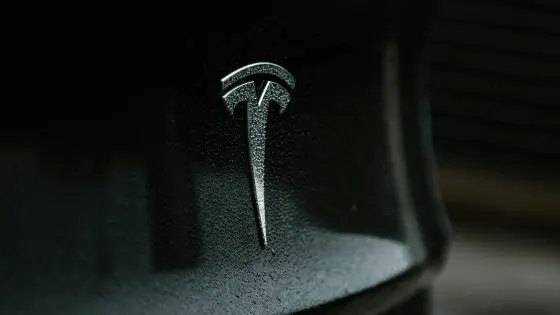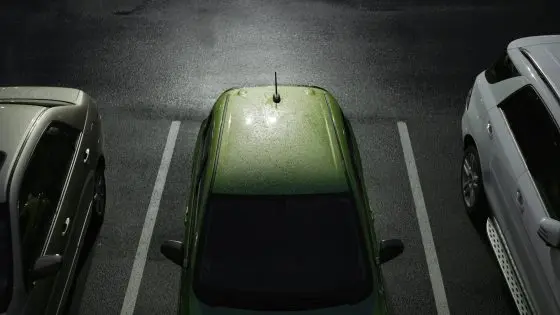The European Mobility Week will take place from September 16 to 22

The theme of this year's European Mobility Week: Safe routes
The Directorate-General for Mobility and Transport at the European Commission has been organizing the European Mobility Week since 2002. This takes place between September 16 and 22, and the last day is traditionally designated as a car-free day. This year's theme Safe ways encourages us to walk, cycle and use public transport, i.e. safer and more active ways of moving with positive effects on the body, environment and space. The member states of the European Union have pledged that the connection will achieve climate neutrality by 2050. The inhabitants of Slovenia perform several than two-thirds (67 %) of their daily journeys by car – commitments are supposed to contribute to changes in our travel habits and redirect us to locally and planetary safe(Ä) mobility.
A third of the women made their journey in a safe way
In 2021, the inhabitants of Slovenia (aged 15–84 years) made 29 % of their daily journeys in a safe way, i.e. on foot, by bicycle or by public transport – The women thus completed 32 % of their routes, and the men 26 %. Looking at age groups, the oldest (71–84 years) and the youngest (15–25 years) groups were the safest, as they completed 44 and 40 % of their routes by public transport, on foot or by bicycle.
The number of passengers in public passenger transport has declined in the last decade
In recent years, different types of tickets (free, subsidized, family, single) have been available to users, with which the competent ministry strives to improve the accessibility of public transport. Regardless of the mentioned incentives, the number of passengers decreased last year compared to 2013, namely in urban transport by 21 %, in intercity bus transport by 3 % and in internal railway transport by 13 %.
In the same period, the number of registered passenger cars increased by 14 %. In 2013, there were 516 cars per 1,000 inhabitants, and in 2022, 571. In that year, every Slovenian household had an average of 1.4 cars.
In the period 2012–2021, the number of cars per 1,000 inhabitants decreased only in Lithuania
In 2021, there were an average of 567 registered passenger cars per 1,000 inhabitants in EU member states. Most they had them in Poland and Luxembourg (687 and 681 cars per 1,000 inhabitants respectively), and the least in Romania and Latvia (400 and 404 cars respectively). In 10 years, i.e. since 2012, despite policies such as the European green transition, the number of cars per 1,000 inhabitants in the EU member states increased by 16 %, in Slovenia by 9 %. It grew most significantly in Romania (by 79 %) and Poland (by 40 %), only in Lithuania the number of cars decreased by 3 %.
The share of expenditure on transport is the highest in Slovenia, the lowest in Slovakia
Among the EU member states, Slovenia had the highest share of expenditure that households spend on transport in the final consumption. In 2021, transport expenditures in final consumption represented 16.9 %. Lithuania followed with a 15.3% share.
In Slovenia, the majority of expenditures were intended for the purchase of passenger cars and their maintenance (repairs, fuel). Among the EU member states, Slovenian households have the lowest share of expenses related to transport services.



























